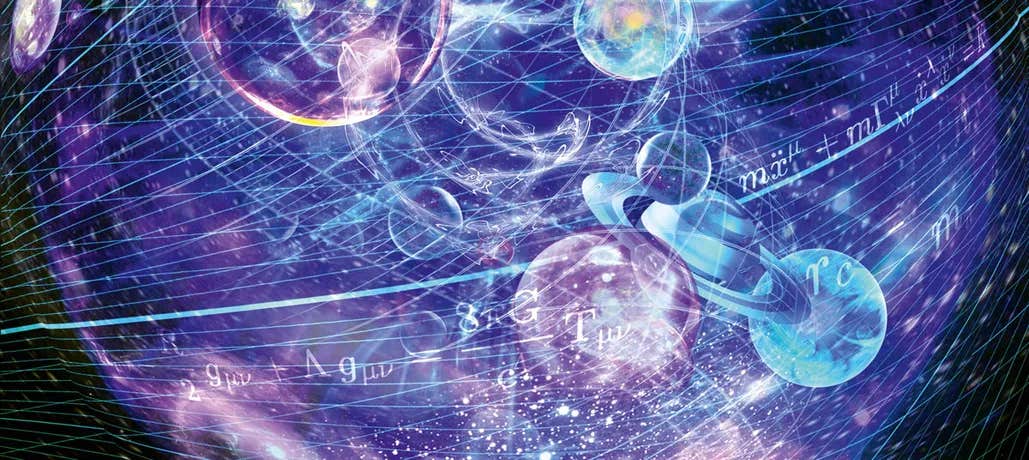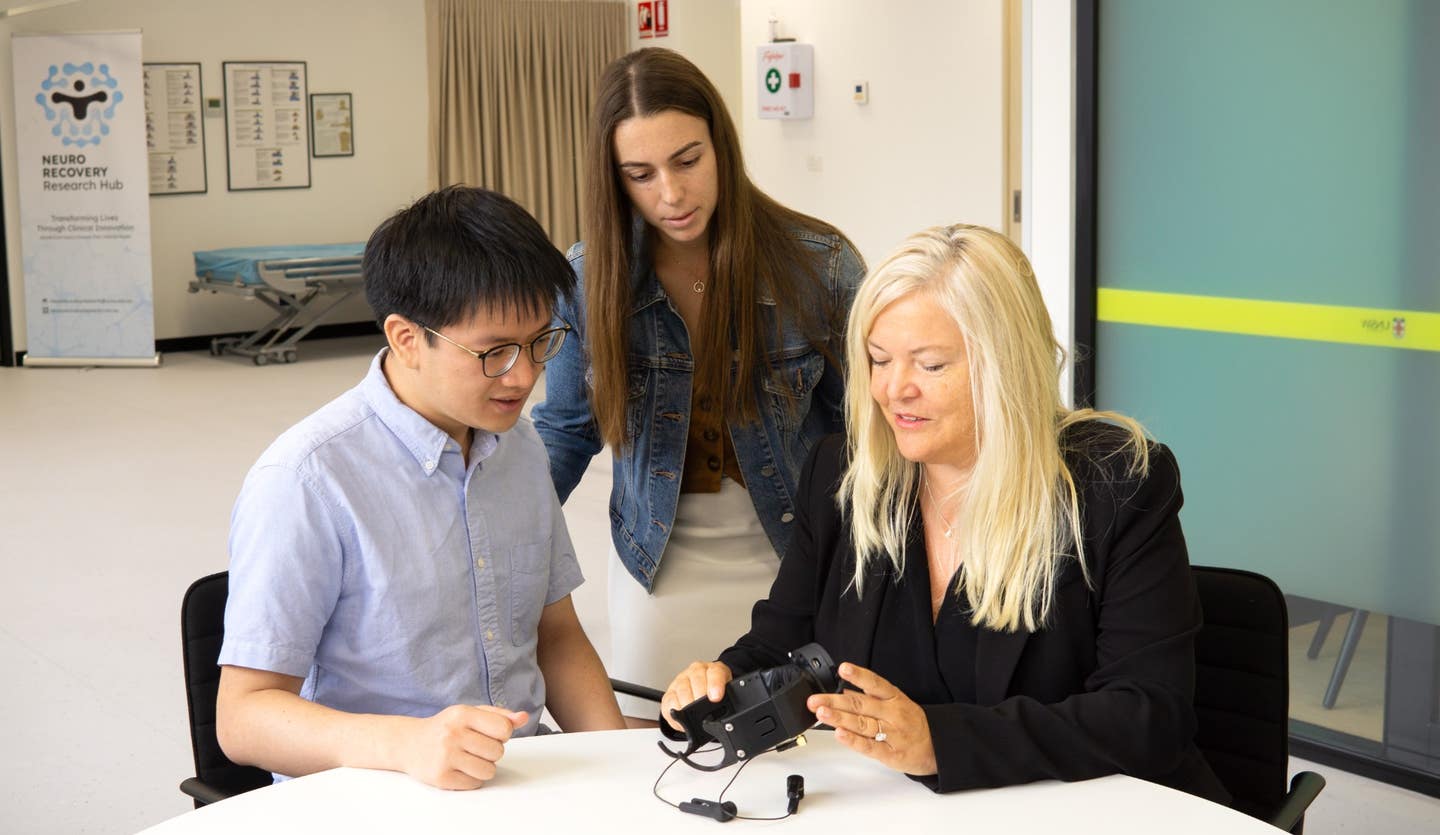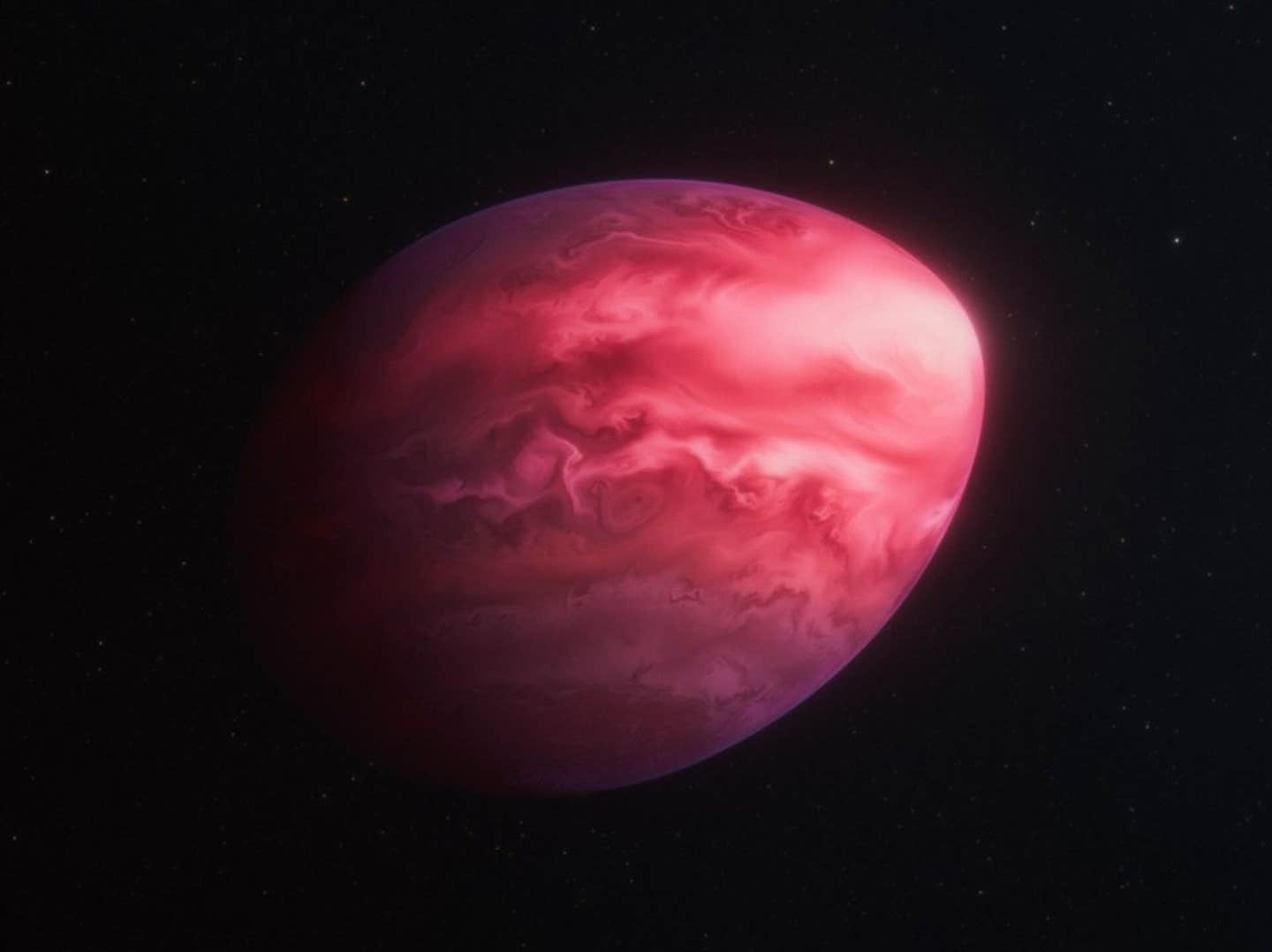Novel ‘Assembly Theory’ connects physics, chemistry, biology and evolution
Assembly theory provides a completely new lens for looking at physics, chemistry and biology as different perspectives of the same reality

Assembly theory provides a completely new lens for looking at physics, chemistry and biology as different perspectives of the same underlying reality. (CREDIT: Creative Commons)
In the vast tapestry of scientific understanding, certain interdisciplinary gaps continue to challenge our conception of the Universe. One such chasm exists between the realms of physics and evolution.
While one might expect the intricate dance of biological life to seamlessly meld into the predictability of physical theory, evolution and the emergence of specific traits and cultural nuances have so far eluded such integration.
However, all that might be about to change.
An international consortium of experts, under the pioneering guidance of theoretical physicist Sara Walker of Arizona State University and chemist Lee Cronin from the University of Glasgow, has potentially found a bridge to cover this scientific rift.
This research builds on the team's previous work developing Assembly Theory as an empirically validated approach to life detection. (CREDIT: Dr Anna Tanczos, Sci-Comm Studios)
The innovative concept they've introduced is termed 'Assembly Theory'. Not only does this theory promise fresh insights into the very fabric of life, but it also holds the key to one of space exploration's most tantalizing questions: the quest for extraterrestrial life.
Walker elaborates on this groundbreaking approach, stating, "Assembly theory provides a completely new lens for looking at physics, chemistry and biology as different perspectives of the same underlying reality."
The implications of this are monumental. "With this theory," Walker continues, "we can start to close the gap between reductionist physics and Darwinian evolution – it's a major step toward a fundamental theory unifying inert and living matter."
Related Stories
The kernel of this unification lies in viewing objects in a dynamic context. The proposal suggests that the essence of an object is not just its current form but is intrinsically tied to the dimension of time. This encompasses its formation history and its latent potential to morph.
To decode the complexity inherent in evolutionary pathways, the team dug deep, crafting a 'molecular complexity index'. This index discerned the minimal steps necessary for molecular synthesis, designating complexity scores rooted in the number of these steps. A remarkable finding emerged: only life and certain technological processes culminated in molecules demanding over 15 assembly steps.
Building upon this foundation, the new research went a step further, sculpting a mathematical lattice. This framework aimed to outline the requisite degree of selection needed to craft a multifaceted entity – like proteins, eyes, or even scales – from basic molecular constituents.
Assembly index and shortest path(s). AT is generalizable to different classes of objects, illustrated here for three different general types. a, Assembly pathway to construct diethyl phthalate molecule considering molecular bonds as the building blocks. (CREDIT: Nature)
The Assembly Theory is not merely a regurgitation of the molecular complexity index but an evolution in itself. It accentuates three pivotal parameters:
The rudimentary steps necessary for object construction.
The essential memory for object architecture.
The object's abundance or 'copy number' in the milieu.
The copy number’s significance is underscored by a key insight: as complexity balloons, the probability of serendipitous replication of the object shrinks. This mirrors the mechanism of selection acting on random mutation in evolutionary trajectories.
Selection in assembly space. Pictorial representation of the assembly space representing the formation of combinatorial object space from building blocks and physical constraints. (CREDIT: Nature)
Harnessing Assembly Theory's foundational pillars, the team could, in theory, quantify the selection and evolution magnitude needed to yield an assortment of evolved entities, ranging from mere molecules to intricate cellular structures. But the theory's magic lies not just in explicating the known. It boldly ventures into the realm of prognostication, predicting the genesis of novel entities. The implications are profound, extending to celestial bodies like Saturn's moon Titan, a repository of many life-essential building blocks.
The upcoming phase will witness the team finetuning Assembly Theory's potential in demarcating life. A notable facet of the theory is its experimental testability, paving the way for its application in replicating life's very origins in controlled settings.
It promises insights not just into the prospects of life sprinkled across the cosmos but also solves the mystery of life's emergence on our home planet.
Assembly spaces. Assembly observed of the three objects shown as graphs (P1, P2 and P3) with their shared minimal construction process called their ‘joint assembly space’. (CREDIT: Nature)
Cronin, elucidating on the transformative potential of Assembly Theory, mentions, "Assembly theory provides an entirely new way to look at the matter that makes up our world, as defined not just by immutable particles but by the memory needed to build objects through selection over time." He adds, "With further work, this approach has the potential to transform fields from cosmology to computer science. It represents a new frontier at the intersection of physics, chemistry, biology and information theory."
This groundbreaking research has been shared with the scientific community through a publication in the renowned journal Nature. As we stand at the crossroads of a potential scientific revolution, the universe might just be a little less mysterious than before.
For more science and technology stories check out our New Discoveries section at The Brighter Side of News.
Note: Materials provided above by The Brighter Side of News. Content may be edited for style and length.
Like these kind of feel good stories? Get the Brighter Side of News' newsletter.



